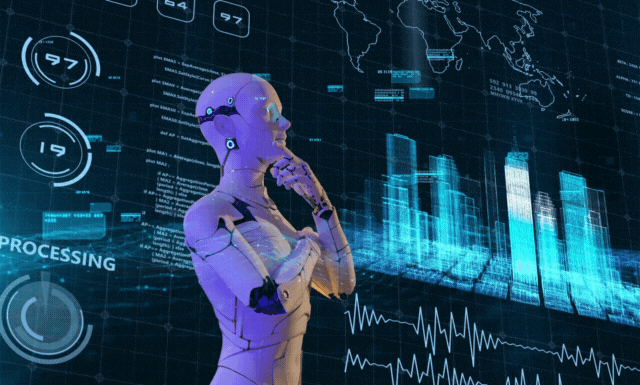

.png)
I am a full-stack developer with a passion for building beautiful and functional websites. In my upcoming project, I am concentrating on several cutting-edge technologies, including artificial intelligence(AI), machine learning, computer vision, big data, and cloud computing. By integrating these powerful tools, I aim to create innovative solutions that leverage the capabilities of AI and machine learning for advanced data analysis, while computer vision will enhance the project's visual recognition and processing capabilities. Big data and cloud technologies will play a key role in managing and processing large datasets efficiently, allowing for scalable and flexible deployment of the project's objectives. This comprehensive focus on multiple technologies will drive the success of the project and deliver impactful results.
I will leverage AI and the latest technology to enhance your company's operations and growth. By integrating generative AI and (LLMs) into your operations, I can help your company significantly reduce costs related toI have a wide range of technical skills that allow me to handle different components of web development. These skills typically include proficiency in programming language such as HTML,CSS,JavaScript and backend languages like Python. I'am also Familiar with front-end frameworks like React as well as back-end frameworks like Node.js, Django or Laravel. Additionally, I have knowledge of databases, version control systems, web performance optimization, debugging and testing, web accessibility, server management and APIs.
As a skilled AI practitioner, I bring a solid foundation in machine learning and deep learning. Experienced in Python programming for AI development. Familiar with popular frameworks, including TensorFlow and PyTorch. Skilled in natural language processing (NLP) and computer vision. I'am specializing in generative AI and large language models(LLMs).
Collecting, cleaning, and processing data to ensure its quality and reliability. Exploring and visualizing data to identify patterns, trends, and relationships. Creating and executing machine learning algorithms and statistical models. Ensuring the effectiveness of data models through rigorous testing and analysis. Evaluating the performance of models and refining them as needed. Presenting the results and suggestions to relevant parties by using easily understanding visuals and concise reports.
My role typically involves a focused contribution to a broader team effort. This might entail responsibilities such as data processing, feature selection, or model evaluation, depending on the project's needs. My role is to collaborate closely with other team members, such as data engineers, domain experts and machine learning specialists, to understand project objectives and contribute effectively. My tasks may include exploring datasets, implementing algorithms, tunning hyperparameters, or deploying models into production environment. Additionally, I will need to stay updated on the latest research and techniques in machine learning, continuously improving the skills to enhance the contributions to the team.
My role primarily would be focusing on extracting insights from data to Inform decision-making and drive organizational strategy. I would collect, clean and organize large datasets, employing statistical and analytical techniques to identify trends, patterns and correlations. Will use various tools and technologies to visualize data effectively, presenting findings in clear and understandable formats. Collaboration with cross-functional teams and work closely with business leaders, marketing teams and other departments to address specific challenges and opportunities. Interpreting data and providing actionable insights and empower organizations to optimize operations, enhance performance and achieve their goals. Furthermore, I will continuously refine my analytical skills and stay updated with emerging trends and technologies in the fields to deliver value-added solutions.
Developing systems that enable computers to interpret and understand visual information. Encompass designing, implementing and optimizing algorithms and models to analyze images or videos, extract meaningful features and make intelligent decisions based on the visual data. Work across various domains, including autonomous vehicles, healthcare, security and manufacturing, to develope applications such as object detection, image classification and facial recognition. Collaboration with interdisciplinary teams, including software engineers, data scientists and domain experts, is integral as they translate domain-specific requirements into innovative computer vision solutions. By harnessing advanced techniques such as deep learning and Convolutional neural networks, we can enable machines to perceive and interpret visual data with human-like capabilities, unlocking a wide range of applications and driving transformative advancements in technology and industry.
Big data plays a vital role in modern organizations by providing the ability to collect, store, process, and analyze large volumes of data from diverse sources. This leads to valuable insights into customer behavior, market trends, and operational performance. Big data enables data-driven decision-making, predictive analytics, and personalized experiences for customers, It also supports risk management and operational efficiency, allowing businesses to optimize processes and identify new opportunities for innovation and growth. Here are some commonly tools that I have used in the big data landscape: Hadoop, Apache Spark, Apache Flink, Apache Kafka, NoSQL Databases, ElasticSearch, Data Warehousing, Data Integration Tools: Tools like Apache NiFi, Data Visualization Tools: Tools such as Tableau, Power Bi. Machine Learning Libraries: Libraries like TensorFlow, PyTorch, and Scikit-learn. These tools work together to enable organizations to manage, process, and analyze large datasets effectively, providing valuable insights and driving data-driven decision-making.
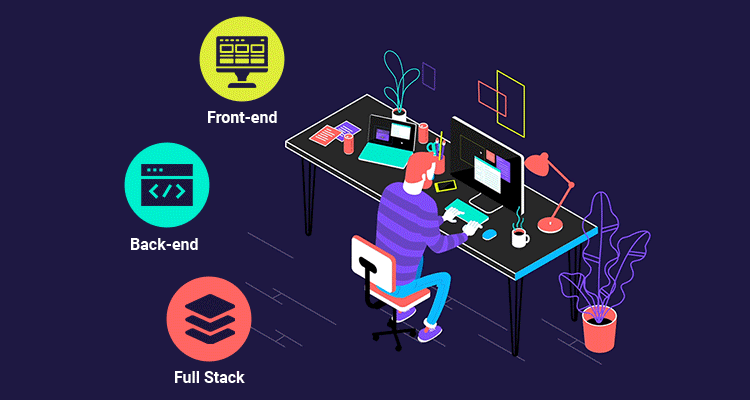 view project
view project
Web Designs
Web Designs
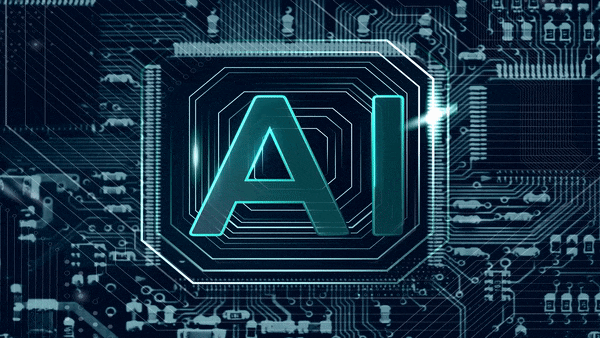 view project
view project
AI Images
AI Images
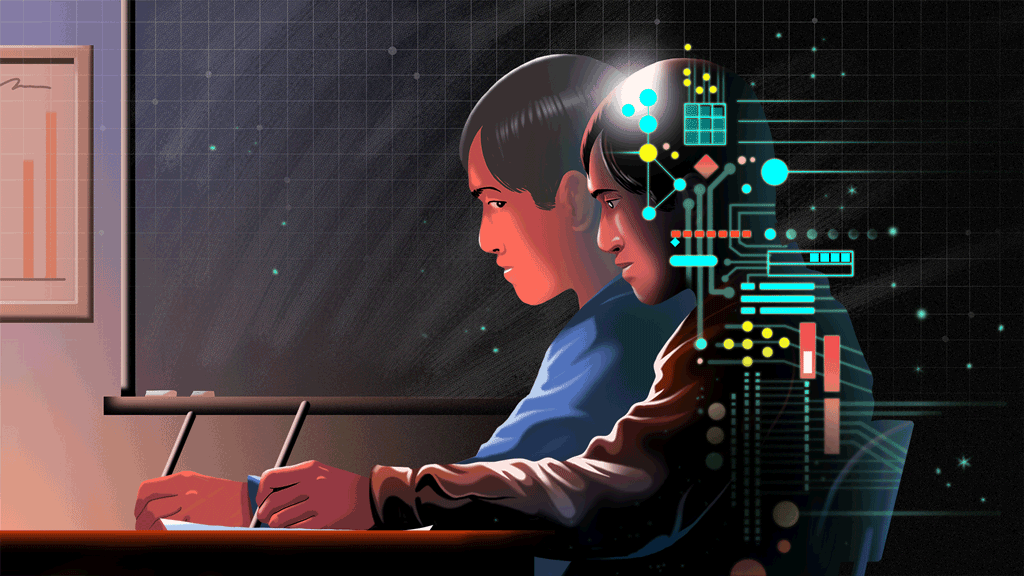 view project
view project
AI Images
AI Images
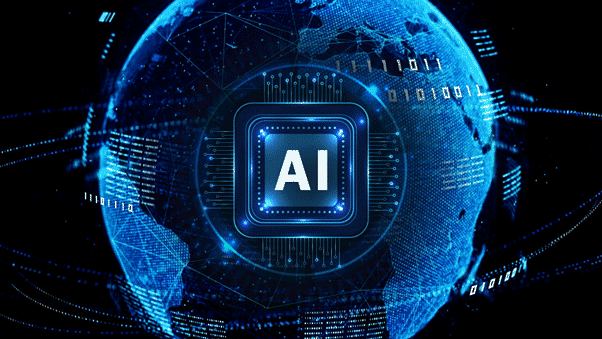 view project
view project
AI Images
AI Images
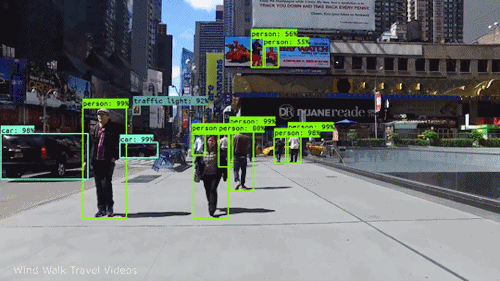 view project
view project
Computer Vision
Computer Vision
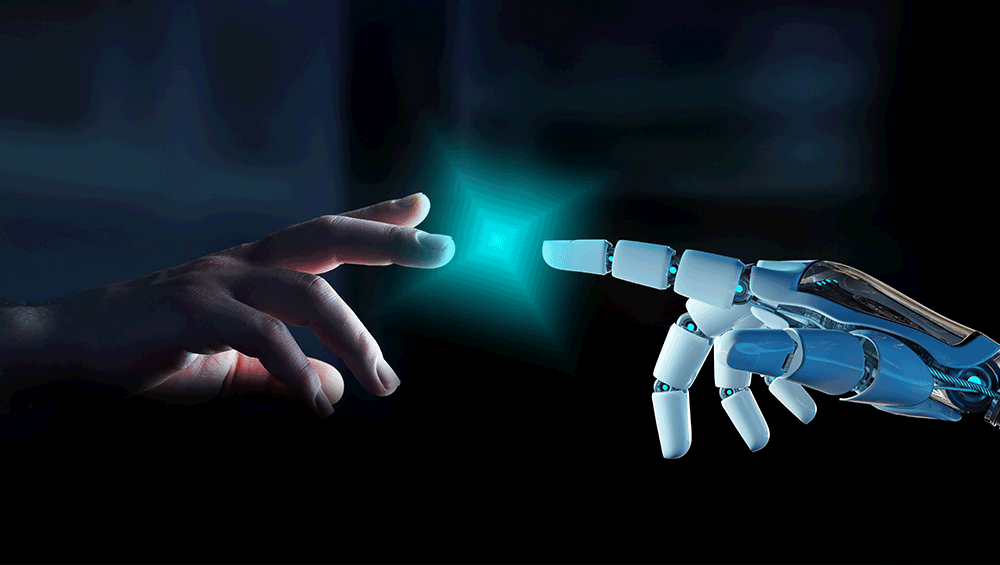 view project
view project
AI Images
AI Images
 view project
view project
Web Projects
Web Projects
 view project
view project
Data Analyst
Data Analyst
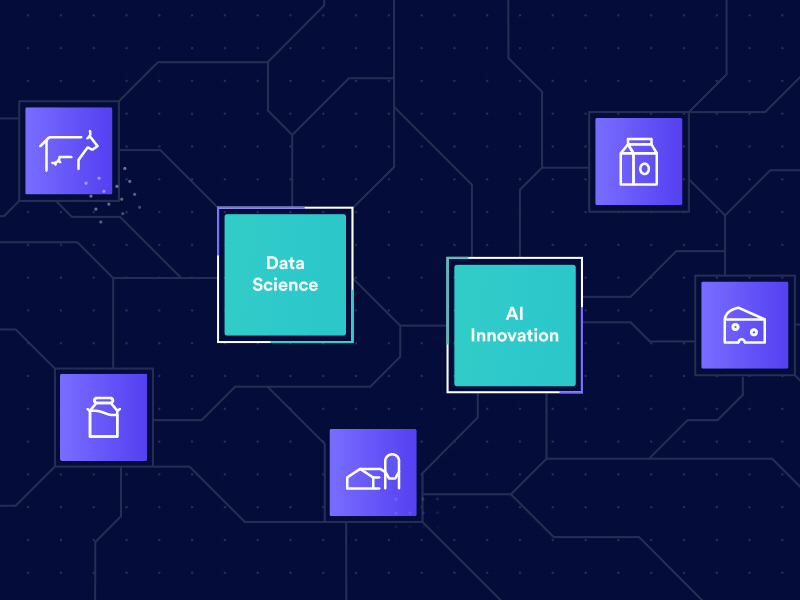 view project
view project
Data Scientist
Data Scientist
 view project
view project
AI/Machine Learning
AI/Machine-learning
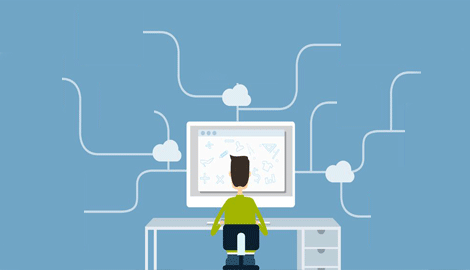 view project
view project
Cloud
Cloud
Autonomous Vehicles: AI-powered self-driving cars are revolutionizing transportation, promising safer, more efficient and convenient mobility solutions
Healthcare Diagnostics: Using AI algorithms that can analyze medical images, such as X-rays and MRIs, to assists doctors in diagnosing diseases earlier and more accurately.
Natural Language Processing: Using AI-driven language models enable advancements in speech recognition, machine translation and chatbots, enchancing communication and accessibility
Robotics and Automation: AI-powered robots and automation systems are revolutionizing industries like manufacturing, logistics and agriculture, increasing productivity, efficiency and safety.
Edge Computing: AI at the edge, where data is processed locally on devices rather than in centralized servers, is revolutionizing IoT devices, enabling real-time processing, lower latency and improved privacy.
Smart Assistants: Virtual assistants like Siri, Alexa and Google Assistant utilize AI to understand and respond to user queries, streamline tasks and provide personalized recommendations.
Personalized Medicine: Using AI algorithms to analyze patient data to tailor treatment plans based on invididual genetics, lifestyle and medical history, improving healthcare outcomes.
Predictive Maintenenace: Using AI algorithms to analyze sensor data to predict equipment failures before they occur, reducing downtime and maintenance costs in inductries such as manufacturing and aviation.
Financial Trading: Using AI-powered algorithms to analyze market data to make faster and more accurate trading decisions, optimizing investment strategies and mitigating risks.
Precision Agriculture: Using AI technologies, including drones and sensors, to monitor crops and soil conditions to optimize irrigation, fertilization, and past control, improving agricultural productivity and sustainbility.
Energy Optimization: Using AI algorithms to optimize energy consumption in buildings, grids and industrial processes, reducing waste and carbon emissions while improving efficiency.
Computer Vision and Deep Learning for Quality Control and Inspection:
Defect Detection: Deep Learning models can automatically detect defects or anomalies in manufactured products or components by analyzing images from assembly lines.
Visual Inspection: Computer Vision systems can inspect and assess the quality of products at different stages of production, ensuring consistency and reducing waste.
Computer Vision and Deep Learning for Predictive Maintenance:
Condition Monitoring: Computer vision can be used to monitor equipment and machinery for signs of wear and damage, enabling proactive maintenance and preventing costly downtime.
Anomaly Detection: Deep learning models can identify patters that deviate from the norm, signaling potential equiment failures.
Computer Vision and Deep Learning for Supply Chain Management:
Inventory Tracking: Vision-based systems can track inventory levels and movement in real-time, improving supply chain visibility and efficiency.
Logistics Optimization: Deep learning can analyze images and video footage to optimize logistics processes, such as warehouse organization and delivery routes.
Computer Vision and Deep Learning for Safety and Compliance
Workplace Safety: Computer Vision can monitor work environments to detect safety hazards and ensure compliance with safety regulations.
Personal Protective Equipment(PPE) Detection: Vision-based systems can verify that workers are wearing appropriate PPE on the job.
Computer Vision and Deep Learning for Automation and Robotics:
Assembly Line Automation: Deep learning can guide robotic systems in performing tasks such as assembly, sorting and packaging with precision and accuracy.
Picking and Sorting: Vision-enabled robots can identify and pick specific items from a production line or warehouse shelves.
Computer Vision and Deep Learning for Healthcare:
Unlocking Data and Health Research, Healthcare and Efficiency, Reaching Underserved Communities
Medical Research in Genetics and Genomics. Clinical Care: Medical Imaging and Radiology, Pathology, Dermatology, Neurology, Mental Health, Diabetes, Eye Care
Computer Vision and Deep Learning for Education:
Smart Content, Task Automation, Closing Skill Gap
Student Learning and Welfare, Personalized Learning, Acquiring 21st Century Skills, Educators, Parent Engagement.
© 2024 David
Category -
